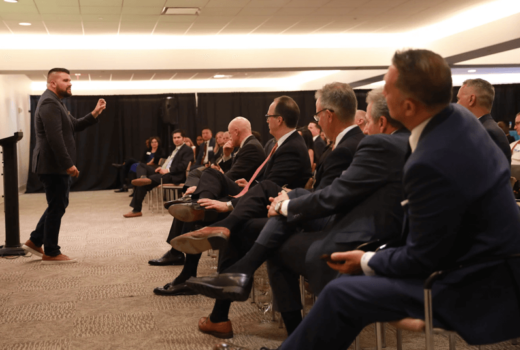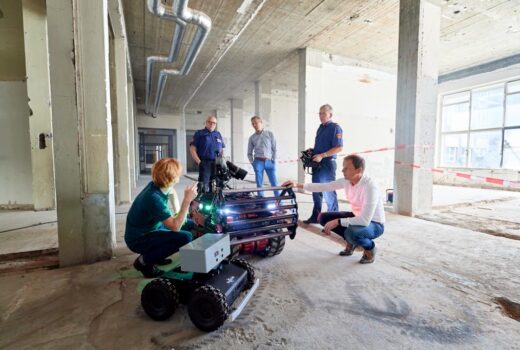Obstakels voor Europese ruimteradar

The European Space Agency is currently advancing one of its mostambitious projects – the Space Situational Awareness (SSA) program.By investing up to € 1 billion in a radar system for spacesurveillance, ESA is trying to grow more independent from itsAmerican counterpart.
Three goals of SSA…
The SSA system should serve three purposes:
Firstly, it will track all objects orbiting the Earth,especially space debris. Right now, there are around 18.000 largerobjects in Earth’s orbit out of which only 1.000 are functioningsatellites. These satellites are constantly in danger of collidingwith space debris that has accumulated over the years. With its newSSA system, the ESA will be able to detect these objects andsubsequently maneuver its satellites around them to prevent damageto ESA assets.
Secondly, the SSA radar will be able to forecast the spaceweather more accurately. This refers to particle radiation andsolar winds that occur now and then. These phenomena can be fatalfor certain instruments of ESA satellites. By predicting them, ESAwill be able to shut down these instruments and protect them fromsolar winds and the like.
Apart from guarding its own satellites, ESA finally aims atidentifying Near-Earth Objects. These are asteroids and meteorsthat come close to the Earth and might inflict severe harm if theyhit our planet.
All these three purposes are currently served by the US militarythat already has an advanced space surveillance program.Nevertheless, the Europeans want to underline the independence oftheir space program by establishing an SSA system themselves.
…and three obstacles
However ambitious, SSA has triggered a cascade of issues onmultiple levels. Politically, ESA has to decide in what country itwill ultimately build its ground-based radar system. Both Spain andGermany applied for hosting the SSA project and are currentlyfighting over the prestige and investment flows involved in thisdecision. Recently, Spain has not stood out as a
Another question that has still to be clarified is how the ESAwill combine its new system with the existing one from its USpartners. Since the US military is already providing all threeabovementioned functions, the ESA will have to answer what itsadded value will be.
This issue seems even more relevant given the critical financialsituation ESA members are in right now. Finding political supportto stem a € 1 billion project that is similar to a system fromEurope’s transatlantic partner will be difficult. Only at the endof 2011 all ESA member state ministers meet in order to decide onthe future of the SSA program.
Meest Gelezen
Vrouwen houden universiteit draaiende, maar krijgen daarvoor geen waardering
Wederom intimidatie van journalisten door universiteit, nu in Delft
Hbo-docent wil wel rolmodel zijn, maar niet eigen moreel kompas opdringen
‘Burgerschapsonderwijs moet ook verplicht worden in hbo en wo’
Raad van State: laat taaltoets nog niet gelden voor hbo-opleidingen



